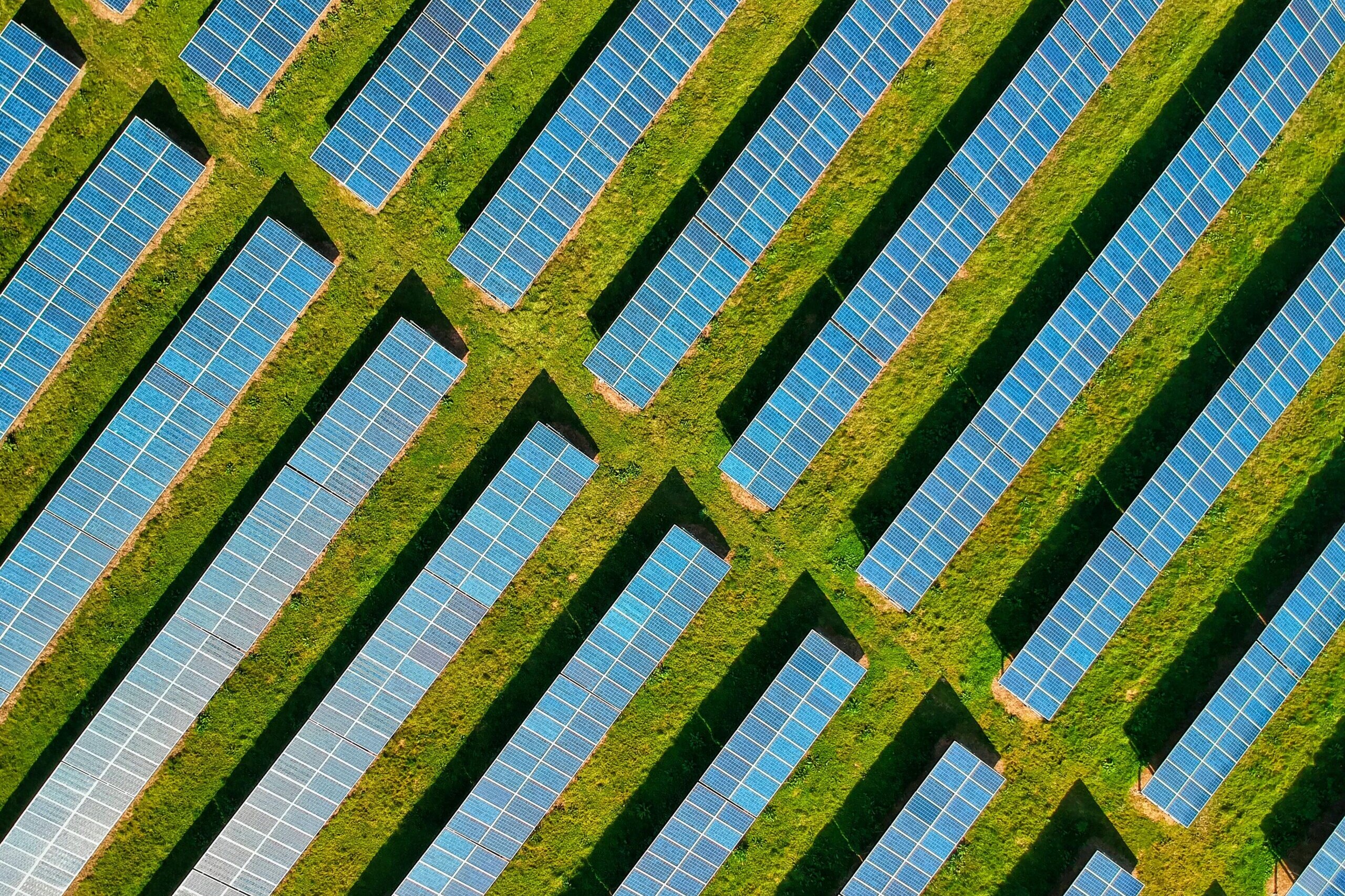
Harnessing solar power efficiently requires more than just high-quality photovoltaic (PV) panels. To maximize energy production, modern solar farms increasingly rely on tracker systems—advanced technologies that allow solar panels to follow the sun’s movement throughout the day. These systems significantly enhance power output and efficiency, providing a greater return on investment (ROI) for commercial and utility-scale solar projects.
At Ansgar Solar, we specialize in tracker system installation, ensuring that panels are optimally angled to capture the maximum amount of sunlight. In this blog, we will explore what tracker systems are, their benefits, types, and their growing role in the solar industry.
What Are Solar Tracker Systems?
Solar tracker systems are mechanized mounting structures designed to adjust the position of solar panels so they can maintain an optimal angle relative to the sun. Traditional fixed-tilt solar arrays remain in one position throughout the day, which can limit energy capture. In contrast, tracker systems continuously move panels to follow the sun’s trajectory, ensuring maximum exposure to sunlight from sunrise to sunset.
By optimizing solar panel orientation, these systems increase energy generation by 15% to 45%, depending on location, climate, and system type.
Types of Solar Tracker Systems
- Single-Axis Trackers
Single-axis tracker systems move horizontally along one axis, typically east to west. They adjust the tilt of solar panels throughout the day to follow the sun’s movement, improving energy capture compared to fixed-tilt panels.
- Best for: Utility-scale and large commercial solar farms
- Efficiency Increase: 15%–25%
- Pros: Cost-effective, simple operation, reliable performance
- Cons: Less energy optimization than dual-axis systems
- Dual-Axis Trackers
Dual-axis trackers adjust both vertically and horizontally, following the sun’s path more precisely. This allows panels to capture the maximum possible sunlight throughout the year, regardless of seasonal changes.
- Best for: High-latitude locations and projects requiring maximum efficiency
- Efficiency Increase: 30%–45%
- Pros: Highest energy yield, adaptable to seasonal variations
- Cons: Higher initial cost, increased maintenance needs
Key Benefits of Tracker Systems
- Increased Energy Production
Tracker systems allow solar panels to absorb more sunlight, resulting in significantly higher energy output compared to fixed-tilt systems. According to the U.S. Department of Energy, single-axis trackers can increase energy production by up to 25%, while dual-axis trackers can boost production by up to 45%.
- Greater Return on Investment (ROI)
Higher energy production translates into greater revenue and faster payback periods for solar project owners. While tracker systems require a higher upfront investment than fixed-tilt structures, their ability to generate more power per panel makes them cost-effective in the long run.
- Space Optimization
By dynamically adjusting to the sun’s position, tracker systems allow for more efficient land use. This is particularly beneficial for large-scale solar farms where maximizing production per square foot is crucial.
- Improved Grid Stability and Reliability
Incorporating tracker systems in solar farms helps stabilize power output by reducing energy fluctuations. With consistent and predictable energy generation, these systems contribute to a more reliable and efficient renewable energy grid.
- Environmental Impact
Tracker systems reduce the levelized cost of electricity (LCOE) by improving efficiency. A higher energy yield with fewer panels means less land use, fewer materials for installation, and a smaller environmental footprint.
Challenges and Considerations
While solar tracker systems offer multiple advantages, it’s important to consider factors like cost, maintenance, and site suitability before installation.
- Higher Upfront Costs
Tracker systems cost more than traditional fixed-tilt mounting structures due to mechanical components, sensors, and motors. However, their increased energy production offsets initial expenses over time.
- Maintenance and Durability
Moving parts introduce a higher risk of wear and tear, making regular maintenance essential to prevent downtime. Fortunately, modern trackers are built with durable materials and advanced monitoring systems to detect malfunctions early.
- Site-Specific Suitability
- Flat, open landscapes are ideal for tracker systems.
- Areas with frequent cloud cover or extreme weather may see diminished benefits.
- Strong winds and heavy snowfall can affect performance, requiring robust structural design.
Why Choose Ansgar Solar for Tracker System Installation?
At Ansgar Solar, we specialize in high-quality tracker system installation to maximize energy efficiency and project ROI. Our expert team ensures that each system is designed, installed, and maintained to withstand environmental challenges while delivering consistent, high-performance energy output.
Our Tracker System Services Include:
- Site assessment and feasibility analysis
- Custom design solutions based on energy needs
- Installation of single-axis and dual-axis trackers
- Ongoing maintenance and support
- Integration with energy storage systems for optimized grid support
The Future of Solar Tracker Systems
As solar technology continues to advance, the use of tracker systems is expected to grow rapidly. Innovations in AI-driven tracking algorithms, weather-adaptive designs, and predictive maintenance will make trackers even more efficient and cost-effective.
Additionally, the global push toward renewable energy adoption means that solar farms will need to maximize energy production to remain competitive. Governments and organizations worldwide are increasingly investing in tracking technology to meet ambitious clean energy goals.
Conclusion
Solar tracker systems are revolutionizing the renewable energy sector by increasing efficiency, optimizing land use, and enhancing ROI for solar farm operators. With the ability to boost energy output by up to 45%, these systems offer a smarter, more sustainable approach to solar power generation.
At Ansgar Solar, we are committed to delivering best-in-class tracker system installations to help our clients achieve maximum energy production and long-term savings.
Interested in learning more? Contact Ansgar Solar today to find out how our tracker system solutions can take your solar project to the next level.
